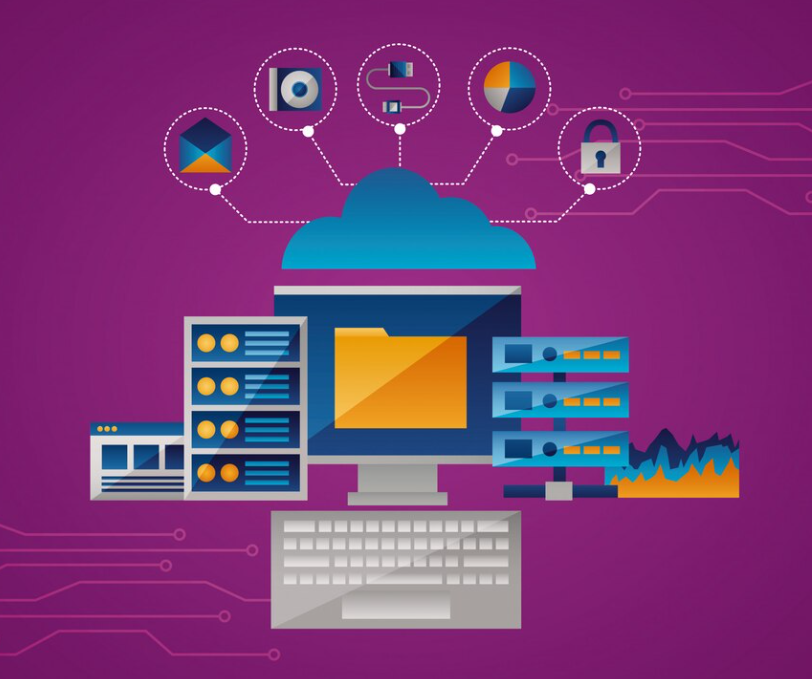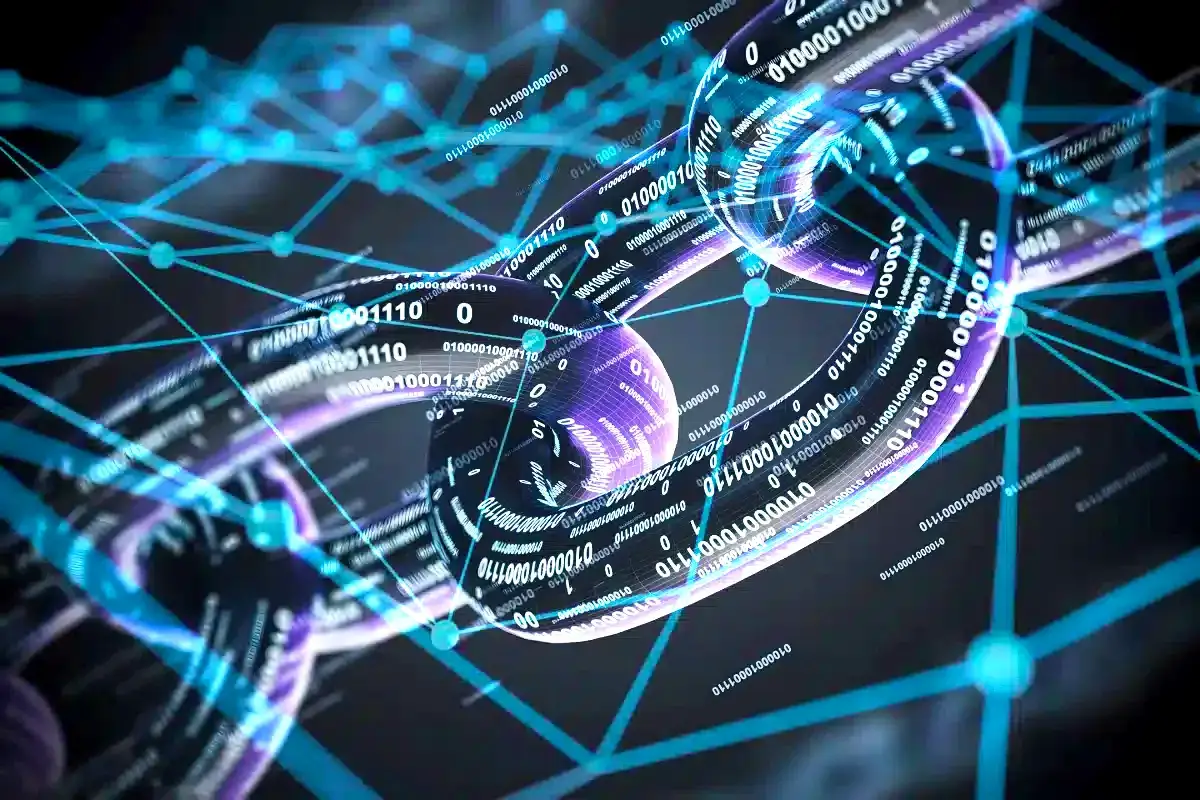Edge computing is revolutionizing how data is processed by shifting computation closer to where the data is generated, rather than relying on centralized cloud data centers. This decentralized approach offers significant advantages, particularly for applications that require real-time data processing and low latency. Unlike traditional cloud computing, where data is sent to a remote server for analysis, edge computing enables data to be processed locally, minimizing latency and bandwidth usage, which is especially important for time-sensitive tasks.
One of the key benefits of edge computing is its ability to reduce latency. By processing data closer to the source, whether it’s a sensor, a smart device, or an industrial machine, edge computing allows for near-instantaneous analysis and response. This is particularly crucial in industries like autonomous vehicles, where even a small delay in processing sensor data can result in safety risks. In such vehicles, sensors continuously collect vast amounts of data, including information about the car’s surroundings. Edge computing enables the car’s onboard systems to analyze this data in real time, ensuring swift and accurate decisions for navigation, collision avoidance, and other critical tasks. The local processing of data reduces the need to send it back and forth to a centralized server, enabling quicker response times and reducing the risk of accidents.
In industrial applications, edge computing can dramatically improve operational efficiency. Manufacturing plants, for instance, often use machines and equipment that generate a constant stream of data about their performance. By using edge computing, businesses can monitor the condition of machinery in real time, detect anomalies, and even predict when maintenance is needed. This reduces downtime, prevents costly repairs, and helps to optimize production processes. Predictive maintenance, made possible by edge computing, can significantly enhance the lifespan of machinery and reduce operational disruptions. Similarly, in industries like energy, edge computing can be used to monitor and control energy consumption, making processes more efficient and sustainable.
Smart cities are another area where edge computing plays a crucial role. By processing data locally, cities can improve the efficiency of their infrastructure, including traffic management systems, lighting controls, and waste management. For example, real-time traffic data can be analyzed at the edge to adjust traffic light timings, manage congestion, and provide drivers with up-to-date information on the best routes. Edge computing also allows for better management of public services, such as water supply and energy usage, by enabling quicker responses to changing conditions. Additionally, with the growing concern over public safety, edge computing can enhance surveillance systems, allowing for immediate analysis of security camera footage to detect and respond to incidents in real time.
Despite its many advantages, edge computing also faces significant challenges. One of the main concerns is data security. By processing data on numerous edge devices rather than in centralized cloud data centers, ensuring the security and privacy of that data becomes more complex. Each edge device must be secured against potential cyberattacks, and managing security across a distributed network of devices can be difficult. Additionally, there is the challenge of standardization. With so many different devices and platforms involved in edge computing, it can be challenging to establish unified protocols and ensure compatibility between systems. Finally, integrating edge computing with existing infrastructure can be complex and costly, particularly for industries that are already heavily invested in traditional cloud-based systems.
As the demand for real-time applications continues to grow, edge computing will play an increasingly critical role in enabling faster, more efficient data processing. The ability to process data locally and make real-time decisions is transforming industries such as transportation, manufacturing, and urban management, and will continue to drive innovations in fields ranging from healthcare to entertainment. To fully realize the potential of edge computing, however, it will be necessary to address the challenges surrounding security, standardization, and integration. As these issues are tackled, edge computing is set to become an indispensable technology in the future of data processing.












